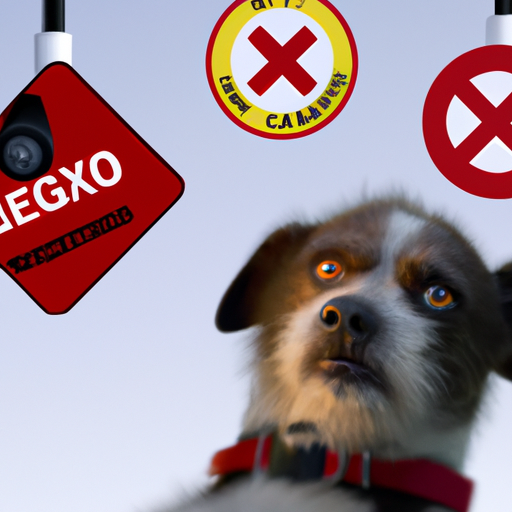As a caregiver, it’s natural for you to want the best for your loved ones, be they human or animal. The same applies to training your pets, and you may have heard about clicker training and its touted benefits. While it has its advocates, there are several reasons why clicker training is not the best option for your pet. Let’s dive into the reasons why this popular training method may not be as effective as you think.
1. Dependence on the Clicker
The clicker, in clicker training, is the tool used to signal to your pet a behavior is correct. However, this can lead to an over-reliance on the clicker. Your pet may not respond to commands without the accompanying click sound, turning the training tool into a crutch.
- Your pet becomes dependent on hearing a click
- The pet may ignore commands without the clicker
2. Difficulty in Timing
Clicker training requires precision timing to be effective. You need to click at the exact moment your pet performs the desired action. However, this is not always easy, and mistakes in timing can confuse your pet.
- The timing may be too late or too early
- Incorrect timing can lead to your pet not associating the click with the correct behavior
3. Inconsistency in Training
Clicker training requires consistency across all trainers. If you and other caregivers do not use the clicker in the same way, it can confuse your pet and slow down their learning process.
- Different people may have different timings
- Inconsistent use of the clicker can confuse your pet
4. Lack of Emotional Connection
Clicker training is a mechanical process that lacks the emotional connection that other training methods provide. The clicker simply signals a job well done, but it doesn’t provide the warmth and praise that a pat, a hug, or kind words do.
- The clicker is impersonal and lacks warmth
- Emotional rewards can be more effective in training
5. Limited Usefulness for Some Pets
Some pets may not respond well to clicker training. Pets with hearing issues, for example, may not be able to hear the click. Additionally, some pets may be scared of the clicking sound.
- The clicking sound may frighten some pets
- Pets with hearing issues may not benefit from clicker training
6. Overuse of Treats
Clicker training typically involves using treats as a reward. However, excessive use of treats can lead to weight gain and other health issues in pets. Moreover, pets can become treat-dependent, not performing the desired behavior without the promise of a treat.
- Over-reliance on treats can lead to obesity and other health issues
- Pets may become treat-dependent
7. Clicker Training Can be Time-Consuming
Clicker training requires a significant time investment. Each new behavior or command needs to be trained individually, which can be time-consuming.
- Each command needs separate training sessions
- Clicker training is not time-efficient
8. Lack of Real-World Application
Finally, clicker training does not always translate well to real-world situations. In a controlled environment, your pet may respond well to the clicker. However, in a noisy or distracting environment, your pet may not hear or pay attention to the clicker.
- The clicker may not be effective in noisy environments
- Pets may not respond to the clicker outside of training sessions
Frequently Asked Questions
Is clicker training bad for all pets?
No, clicker training can work for some pets. However, the issues listed above can make it a less effective training method for many pets.
Are there alternatives to clicker training?
Yes, there are many other training methods that may be more effective and enjoyable for you and your pet. These include positive reinforcement, obedience training, and relationship-based training.
Can clicker training be combined with other methods?
Yes, clicker training can be used as part of a broader training approach. However, it’s important to be aware of the potential downsides and to use it judiciously.
Is clicker training harmful to pets?
While clicker training is not inherently harmful, it can create a dependency on the clicker or treats and may not be as effective as other training methods. It’s important to choose a training method that is best suited to your pet’s individual needs.
Can I stop using the clicker once my pet is trained?
In theory, once your pet has learned a command, you should be able to phase out the clicker. However, some pets may become dependent on the clicker and may not perform the behavior without it.
In conclusion, while clicker training may seem like a simple and effective method to train your pet, it does have its drawbacks. As caregivers, it’s important to consider these points before deciding on the best way to train your pet.



